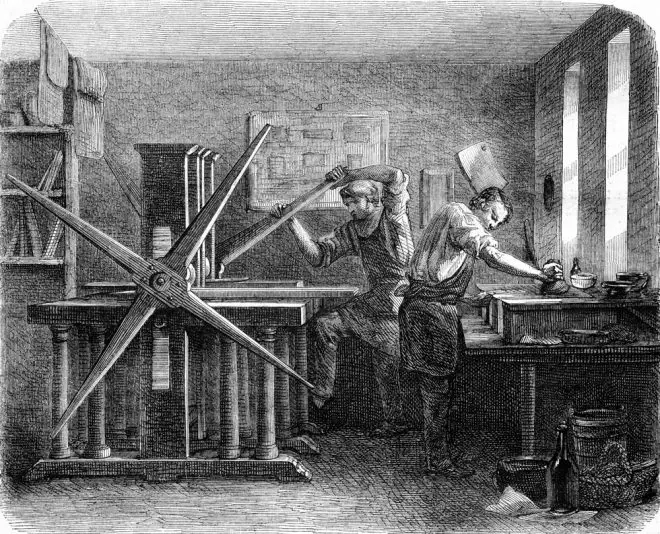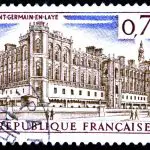
Stamp printing has been around since the 19th century but is still relatively new compared to how long the postal system has been around. Various nations have used different methods, and the process of printing has changed numerous times over the last hundred years. Each method of printing was intended to thwart unauthorized reproduction or counterfeit products in the marketplace.
Printing included:
- Printing plate prep
- Chemical additions
- Different printing presses
The different types of printing methods include
- Intaglio (“Line engraving”)
- Photogravure
- Typographic (“Letterpress”)
- Lithography
- Offset Lithography
- Photolithography
- Embossing
- Holographic
- Embroidered
- Thermochromic
- Intaglio is a process that uses line engraving. The very first stamp, the Penny Black, was printed using the intaglio method. The word “Intaglio” means “Engraved.” Stamps printed from this process have sharp detail. This process creates an important security measure for both stamps and banknotes because it is hard for counterfeiters to duplicate.
- The Photogravure method uses a photographic element to transfer the stamp image to metal (or plastic today) that has been chemically treated. One plate was made for each color. This method uses tiny dots, and the finished surface is flat (which is also considered recess printing).
- Typographic, or “Letterpress” printing utilizes a raised design on the printing plate, as opposed to a recessed one. The printed areas are sunk into the paper and can be seen by observing the back of the stamp.
- Lithography uses chemicals and a polished stone instead of a printing plate. Stamps created with this method have areas of solid color.
- Offset Lithography moves the image from the printing plate to rubber, followed by the paper. A high-speed version of this process is used to create most multicolored stamps worldwide.
- Photolithography is the modern litho-method, which uses a chemical combination and the negative of a photo image that is then applied to a plate.
- Embossing is where the stamp is given a three-dimensional characteristic. The image is raised above the level of the stamp.
- Holographic stamps have been around since 1988. This method uses a metal foil that gives a 3-D appearance when hit by light.
- Embroidered stamps were created in Switzerland.
- Great Britain released a color-changing stamp activated by different temperatures, referred to as “Thermochromic.”
Source:
Klug, Janet. (2008). Chapter Two BEGINNING A STAMP COLLECTION – Get to Know Stamps. Guide to Stamp Collecting (pp. 27-33). New York, New York: HarperCollins Publishers.






